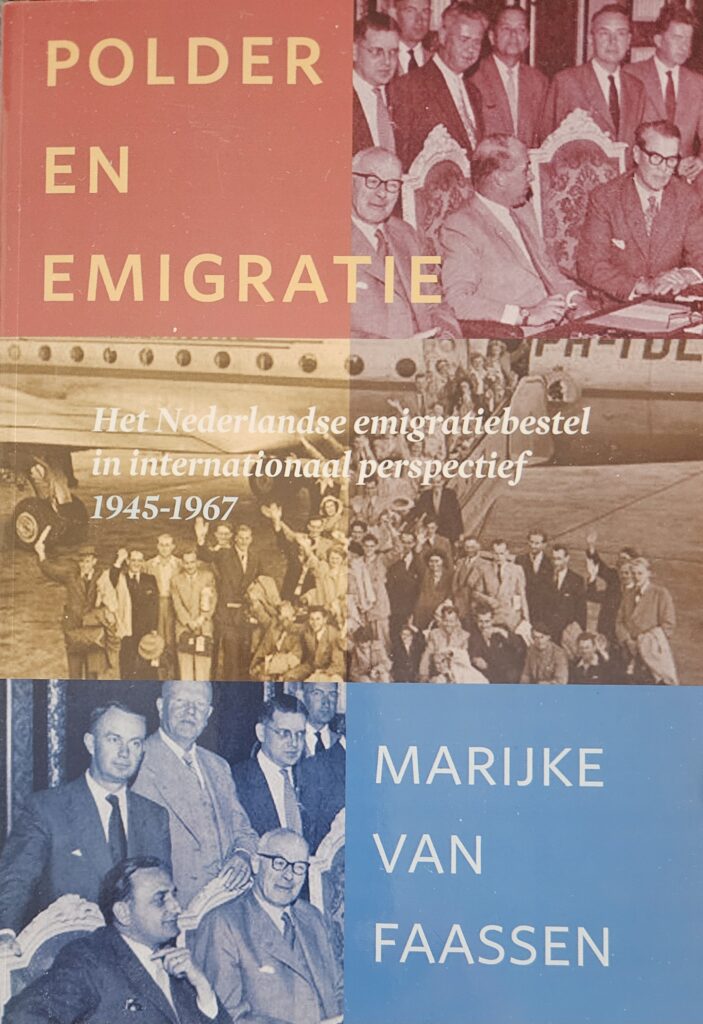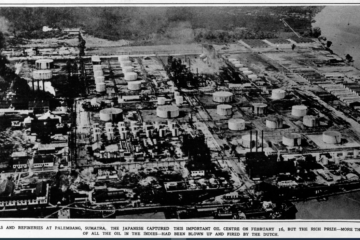Marijke van Faassen

In “Polder and Emigration,” the Dutch emigration policy is analyzed as an integral part of the Netherlands’ social and economic policy between 1945 and 1967. The book delves into how various key players from government and civil society collaborated post-1945 to shape this policy, situating it within the framework of the emerging Dutch welfare state and an international context. “Polder and Emigration” sheds new light on the development of functional governance in the Netherlands and on the participation of women and minorities in a system that closely resembled a public legal corporate organization but was dominated by agricultural interest groups. The focus on the international context has enabled connections to be drawn to the origins of development cooperation and to Dutch immigration policy.
The publication is in Dutch. Access to the document:
- Complete dissertationFinal publisher’s version, 3,55 MB
- PropositionsFinal publisher’s version, 622 KB
Introduction to the “Emigration Research Guide 1945-1967
This research guide is part of the aforementioned dissertation, Polder and Emigration: The Dutch Emigration System in an International Perspective, 1945-1967 (Huygens 2014).
Compiled under the responsibility of Marijke van Faassen, with contributions from Marja Timmermans-Hornsveld, Maria Schouten, and Marielle Scherer.
In the years immediately following World War II, many Dutch people expressed a desire to emigrate. The Dutch government began to actively support these aspirations starting in 1949. Demographic forecasts for the Netherlands indicated a rapid population increase, which was expected to pose employment challenges. In response, successive cabinets developed an emigration policy aimed at encouraging and facilitating departures. A new organizational framework was created in collaboration with civil society to initiate, advise on, and implement this policy.
In 1952, this emigration system received a legal foundation. A limited amendment was made in 1967, which remained in effect until 1999. The system consisted of a carefully devised yet complex structure of administrative and executive bodies. These included Dutch government agencies, interest groups, and voluntary associations, working together. Through this system, the Netherlands also aligned itself with international trends toward regulating international migration. As a result, approximately half a million Dutch citizens emigrated to other continents between 1945 and 1967, with more than 200,000 seeking destinations within Europe.
This research guide maps out the individuals, government institutions, and private organizations that were directly or indirectly involved in the Dutch emigration system, as well as the policy processes related to emigration from the Netherlands and subsequent immigration into the destination countries. Through 367 standardized descriptions, it analyzes the tasks, relationships, and archives of institutions and individuals in the Netherlands, Australia, and Canada, as well as several international organisations. In 225 cases, the archival materials have been further made accessible.
The guide is available in Dutch: https://resources.huygens.knaw.nl/emigratie/gids/inleiding/inleiding

